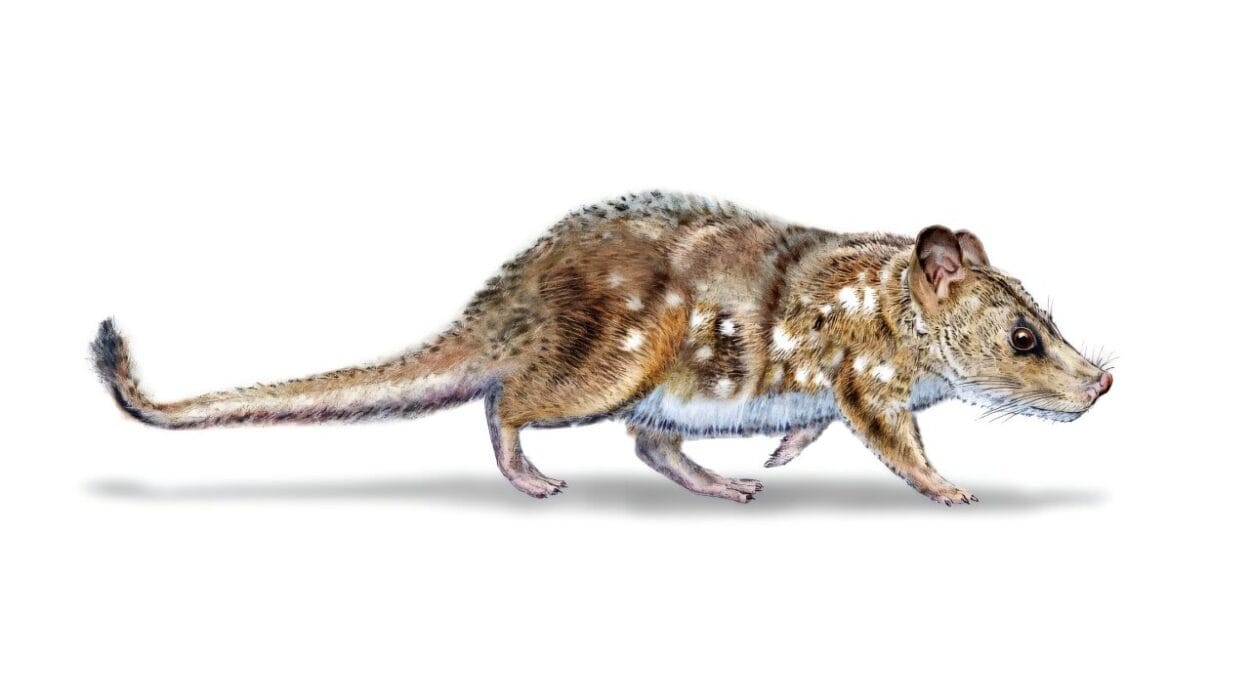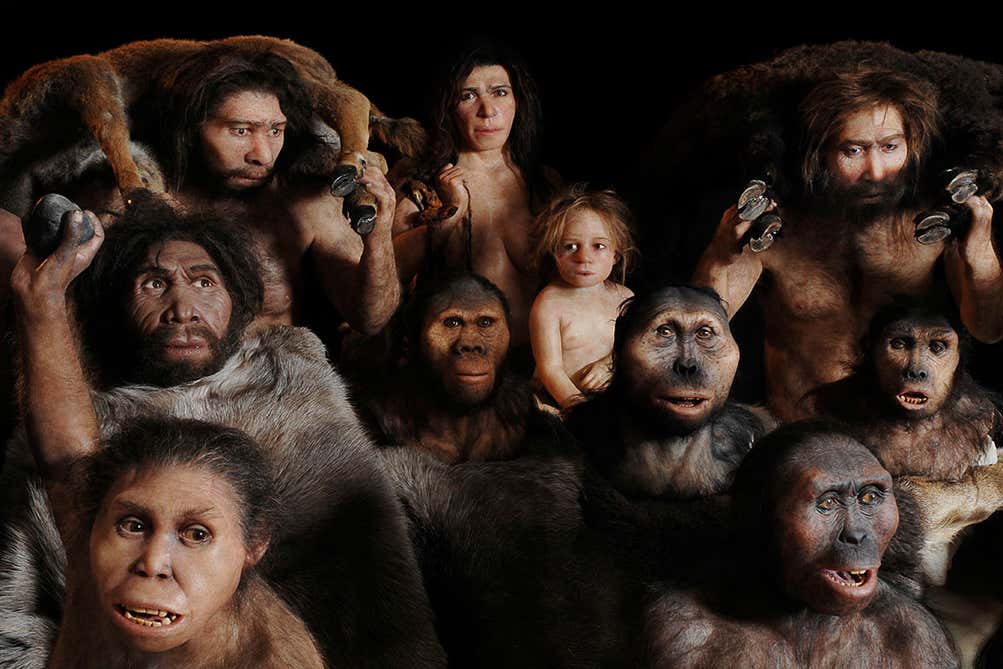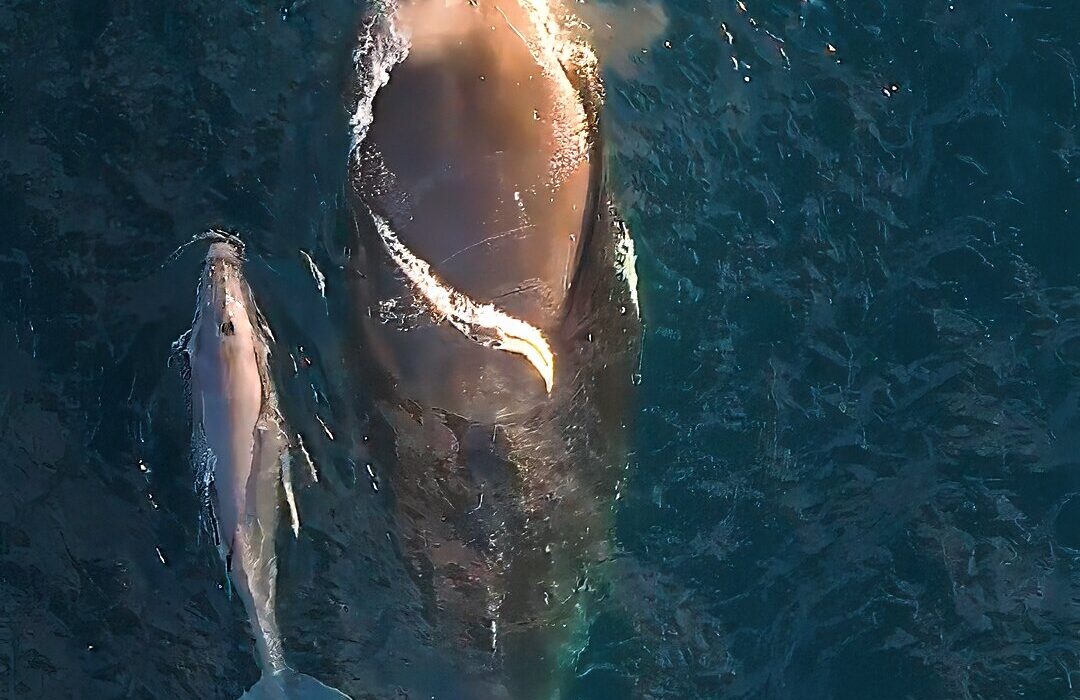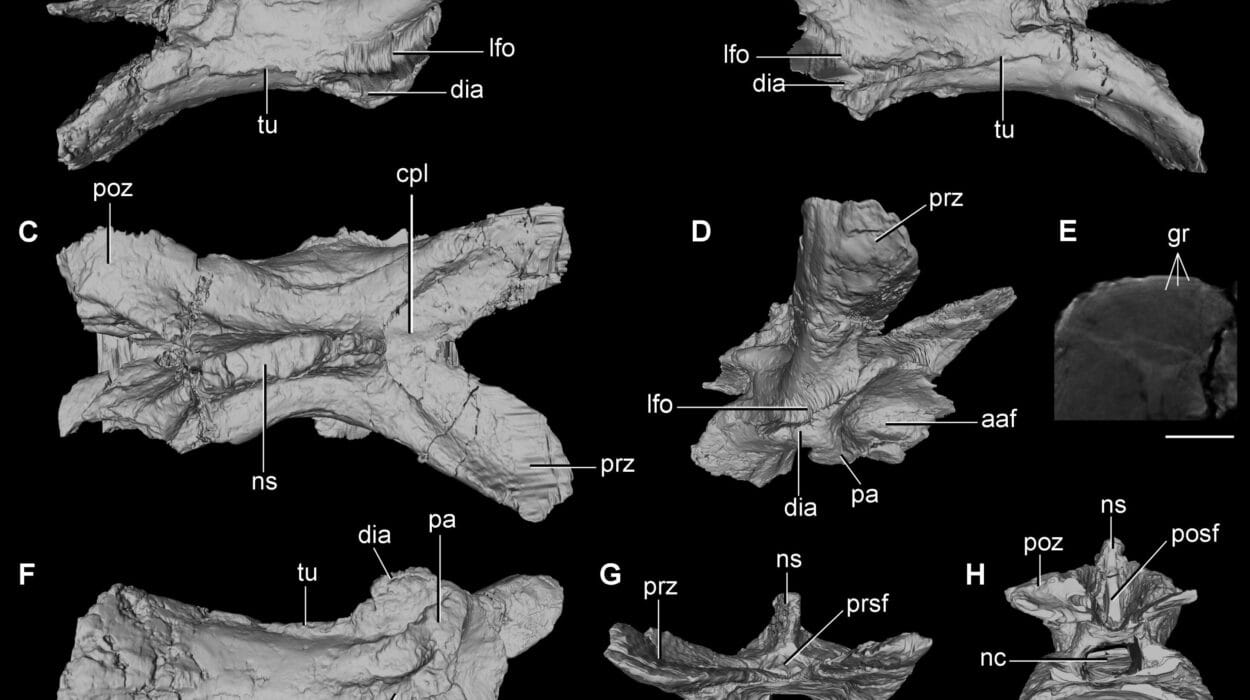Ever paused mid-sip of an ice-cold drink, wincing as that chilling zing shoots through your teeth? That sharp, sudden pain isn’t just a modern annoyance—it’s a ghost from our deep evolutionary past. New research suggests that the exquisitely sensitive tissues inside our teeth evolved not for chewing or tearing food but for something far more primal: sensing the world. In fact, the very first teeth—or their ancestral forms—likely helped our fishy forebears detect their surroundings in a violent, prehistoric sea.
This fresh perspective on the origin of teeth, published in Nature, doesn’t just reframe our understanding of dental evolution—it reshapes what we think teeth are for. And it all starts not in the mouth, but on the armored skin of early animals, half a billion years ago.
Before the Mouth: The Teeth That Lived on Skin
The earliest precursors to our teeth didn’t help anyone chew. They weren’t even in a mouth. Instead, these structures—called odontodes—were scattered across the exteriors of ancient fish-like creatures, embedded in tough exoskeletons. Imagine an animal sheathed in rough, tooth-studded armor, its body bristling with microscopic points like a medieval mace.
We still see echoes of this today in animals like sharks, stingrays, and catfish, whose skins are covered in dermal denticles—tiny teeth that lend a sandpapery texture and help streamline their movement. But what, exactly, were these ancient odontodes for?
Over the years, paleontologists have tossed around theories: maybe they acted as body armor, discouraging predators. Or perhaps they stored calcium and phosphate, vital minerals in short supply. Some even proposed they helped these animals glide more efficiently through the water. But the new study offers a different, compelling idea: the original purpose of odontodes might have been to feel.
A Fossil Reexamined, a Theory Reborn
This sensory origin of teeth wasn’t uncovered in a dramatic dig or a pristine fossil bed. It emerged from a meticulous reanalysis of museum specimens—hundreds of tiny vertebrate fossils, some smaller than a grain of rice.
Dr. Yara Haridy, a postdoctoral researcher at the University of Chicago, wasn’t even hunting for the origins of teeth at the outset. She was on a quest to solve another puzzle: What is the earliest known fossil of a vertebrate—an animal with a backbone?
To find out, she asked museums across the U.S. to send tiny fossils of ancient creatures. She then CT-scanned them, one by one, peering deep into their internal structures. Her focus zeroed in on dentin, the living tissue inside our teeth that responds to pressure, heat, and cold—those exact triggers that cause tooth pain today.
One fossil in particular stood out: Anatolepis, a creature from the Cambrian period (around 500 million years ago) whose body was covered in little tooth-like projections. This fossil had long been considered a candidate for the earliest vertebrate. But something didn’t add up.
Beneath its skin-embedded odontodes were networks of microscopic channels—tubules. Paleontologists had interpreted these tubules as evidence of dentin, suggesting that Anatolepis might have had sensory tooth tissue. But when Haridy looked closer, comparing these channels to those in other animals, she saw a different story.
The Arthropod Connection: Sensing, Not Chewing
To Haridy’s trained eye, the tubules of Anatolepis looked suspiciously familiar—not like vertebrate dentin, but more like sensilla, the sensory structures found in arthropods, a vast group that includes insects, crabs, and spiders. Modern arthropods use sensilla to detect vibration, pressure, temperature—even chemicals in the air.
So was Anatolepis a vertebrate at all? Or had the field misidentified a key player in our evolutionary family tree?
According to Haridy, Anatolepis should be reclassified as an invertebrate, closely related to arthropods. The resemblance of its odontodes to sensory structures was simply too strong to ignore.
This reclassification might seem like a step backward in the search for vertebrate origins—but it led to a major leap forward in understanding the function of early odontodes. If they looked and acted like sensilla, it’s likely they weren’t designed for defense or speed or mineral storage. They were there to sense the world.
A Shared Solution in a Dangerous Sea
The evolutionary waters of the Cambrian period were teeming with predators, strange forms, and fierce competition. In this high-stakes environment, the ability to detect changes in pressure or water flow—signs of an approaching predator—could mean the difference between life and death.
Dr. Neil Shubin, a senior author of the study and a prominent evolutionary biologist, puts it plainly: these animals evolved “in a pretty intense predatory environment.” The sea was not a safe place. Sensory perception wasn’t a luxury; it was essential.
That’s why it’s so striking that both arthropods and vertebrates seem to have independently evolved similar solutions to the same challenge. Both developed hard, surface-bound structures capable of detecting changes in the environment—early versions of our modern sensory systems. These are examples of convergent evolution, where different lineages stumble upon similar biological answers to the same problems.
Modern Fish, Ancient Clues
To support their hypothesis, Haridy and colleagues turned not just to fossils but to living animals. They studied the skin of modern sharks, skates, and catfish—creatures that, like their ancient ancestors, are still covered in tooth-like scales. What they found was revelatory.
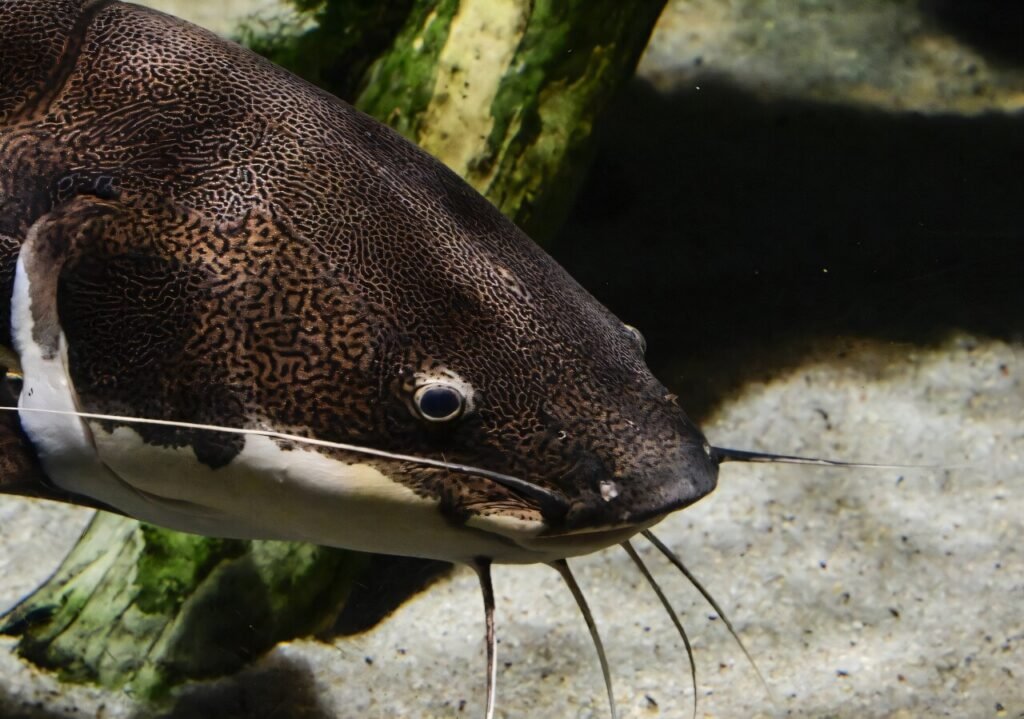
When they stimulated these outer odontodes, they recorded nerve signals. These toothy skin structures could feel. They weren’t passive armor—they were active sensors.
This discovery suggested that the capacity for sensation in odontodes predates their use in feeding. Before teeth ever tore into prey, they were perhaps detecting vibrations, registering the subtle shifts in water, helping ancient animals stay alive.
Over evolutionary time, as jaws emerged and animals began using their mouths for hunting and feeding, these sensory structures found a new home. Gradually, they moved inward—toward the mouth, the jaw, and eventually, into the oral cavity itself.
As Haridy explains, “Little by little some fish with jaws had pointy odontodes at the edge of the mouth and then eventually some were directly in the mouth.” What started as skin sensors became, eventually, teeth. And these teeth retained the legacy of their ancestry: a sensitivity to pressure, temperature, and touch.
Why Toothaches Still Feel So Deep
When you experience a toothache, what you’re feeling isn’t just damage or decay—it’s the raw nerve endings buried in dentin, sending pain signals from a once-outward-facing sensory system that has retreated into the mouth.
This insight reframes tooth pain as more than just a modern dental issue. It’s an ancient biological feature, a window into a time when our ancestors needed to feel the currents around them just to survive.
The study doesn’t just trace the lineage of our teeth—it reveals how evolution recycles and repurposes. What began as a tool for sensing predators in murky Cambrian seas was later conscripted into the work of crushing food, gnashing bone, and now, suffering cavities.
From Sea Armor to Smiling Selfies
It’s easy to think of our bodies as finely tuned machines, designed with purpose. But studies like this remind us that evolution works more like a tinkerer than an engineer. Structures are repurposed, retooled, and remodeled over millions of years.
Teeth, for all their seeming permanence, are not fixed inventions. They are products of change, shaped by survival. The same structures that let us smile in photos or devour a crisp apple were once embedded in armored plates, attuned to vibrations in an ancient sea.
So next time you flinch from a sip of ice water or feel the throb of a toothache, remember: that pain is part of a half-billion-year-old legacy. It’s not just a sign to call the dentist. It’s a whisper from your prehistoric past—a reminder that your body still carries echoes of the ocean.
Reference: Yara Haridy, The origin of vertebrate teeth and evolution of sensory exoskeletons, Nature (2025). DOI: 10.1038/s41586-025-08944-w. www.nature.com/articles/s41586-025-08944-w


